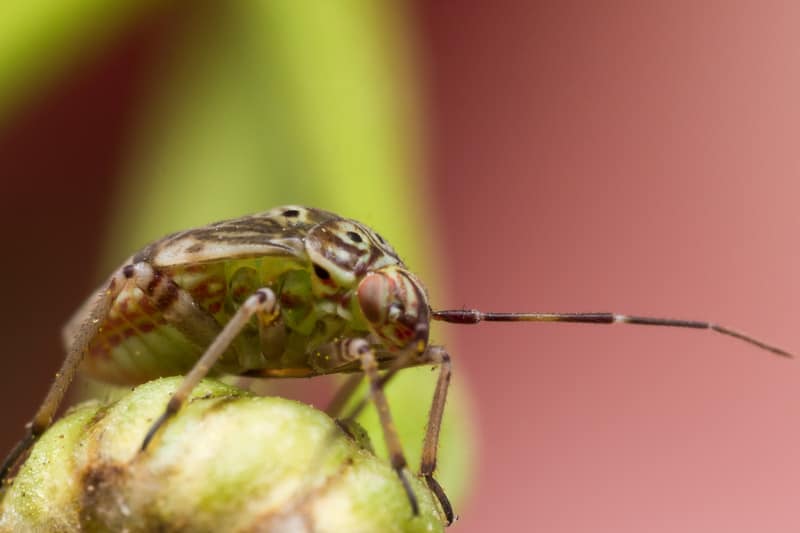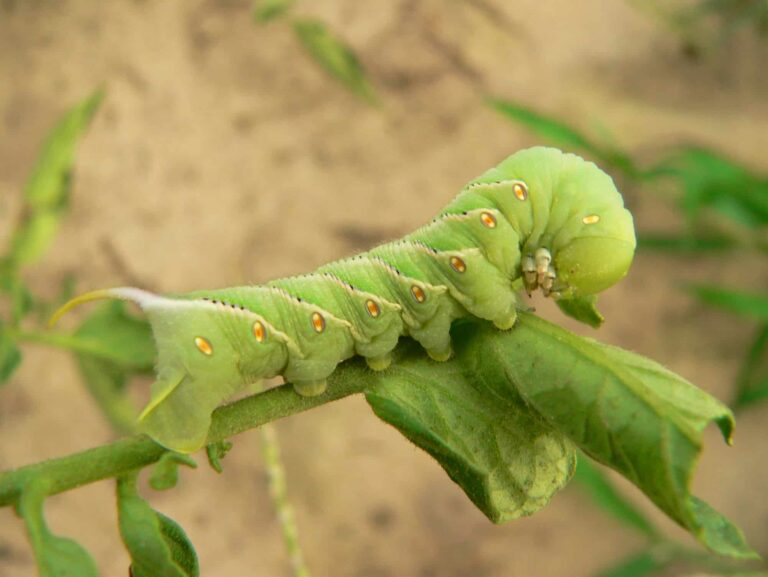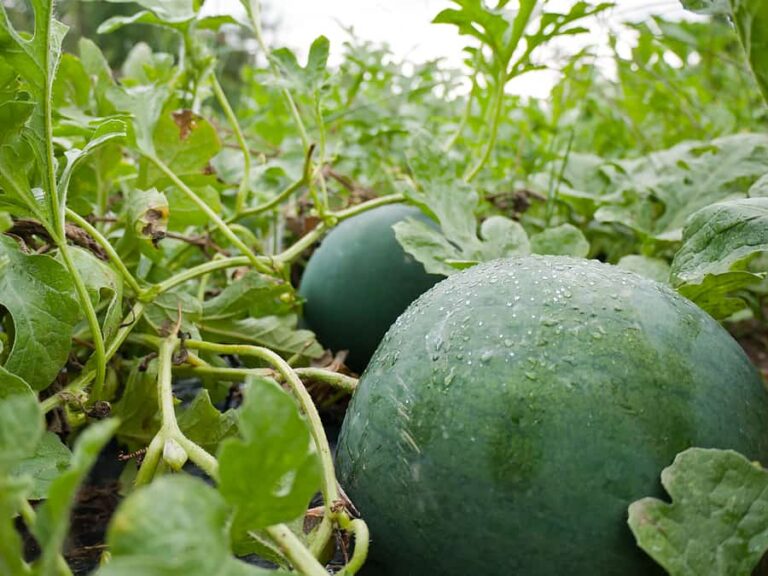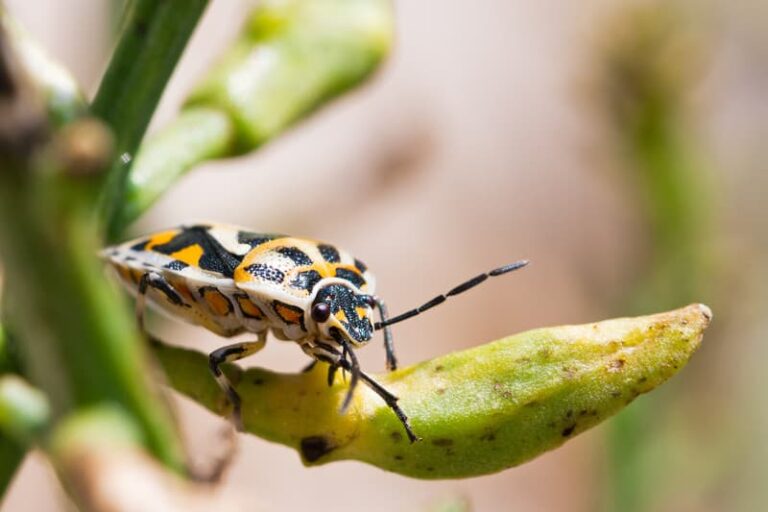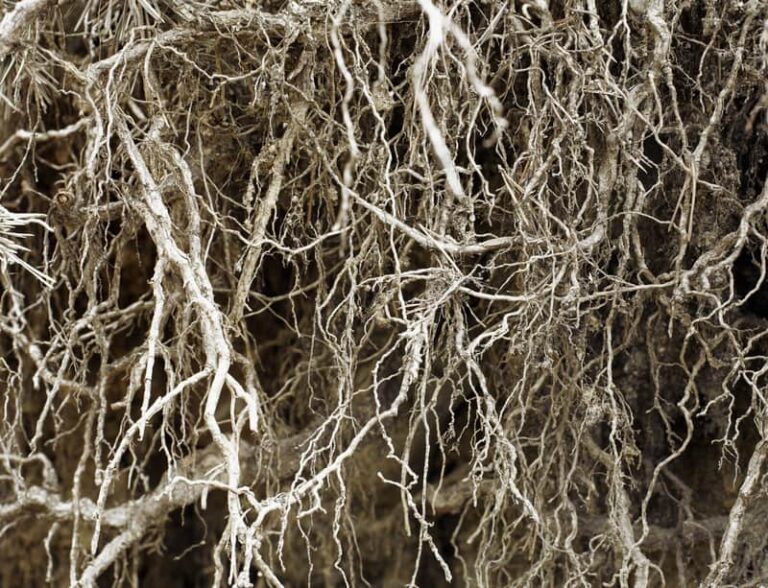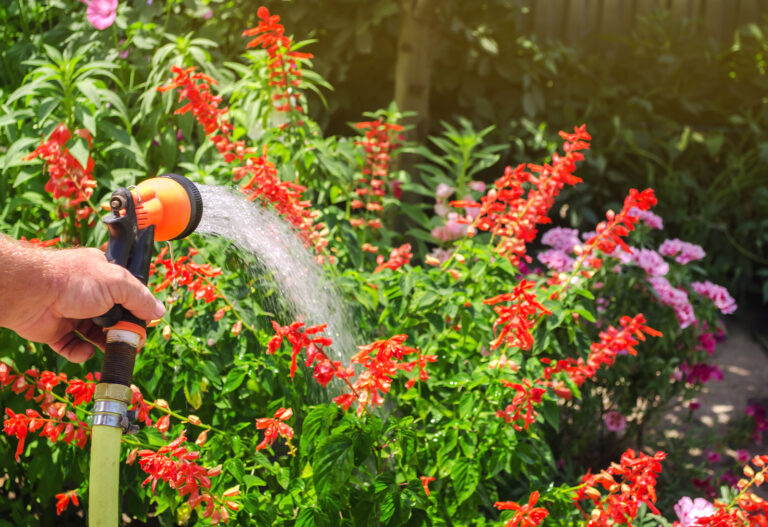Tarnished Plant Bug Organic Pest Control
Adult tarnished plant bugs are oval and small, just ¼ inch big. They are brown mottled with yellow, bronze, or reddish marks and each forewing is black-tipped with a yellow triangle.
Tarnished plant bug nymphs are yellow-green and wingless, somewhat similar to adults in appearance. Tarnished plant bug eggs are yellow and long and curved. The eggs are usually inserted into leaves and plant growth tips.
Good Products for Pest and Disease Control at Amazon:
- Garden Safe Snail and Slug Bait
- Bonide Sulfur Fungicide
- Monterey BT Caterpillar Killer
- Neem Bliss 100-% Cold Pressed Neem Oil
- Safer Brand Insect Killing Soap
- PyGanic Botanical Insecticide
Tarnished plant bugs attack a host of vegetable and fruit plants. They suck juices from shoots, leaves, flower buds, and fruits. They leave black spots on stems, leaves, buds, and fruits. Tarnished plant bugs carry and spread fire blight disease to trees and shrubs.

Tarnished plant bugs overwinter as adults or nymphs in weeds, shrubs, and garden debris. They emerge in early spring to feed on seedlings and budding plants. They lay eggs in plant tissue. Eggs hatch in 5 to 7 days then nymphs feed for three to four weeks before molting to adulthood.
There are up to five generations of tarnished plant bugs each year.
Tarnished plant bugs are found throughout the United States and Canada.
Scientific name: Lygus lineolaris
Target plants
Tarnished plant bugs feed on lettuce, celery, tomatoes, potatoes, eggplants, peppers, cauliflower, cabbage, broccoli, turnips, Asian greens, cucumbers, beans, carrots, Swiss chard, beets, asparagus, strawberries, peaches, and pears.
Feeding habits and damage
Adults and nymphs suck plant juices from leaves, flowers, and fruits causing shoots to wilt and dieback and fruits to become distorted. Tarnished plant bugs can cause catfacing on tomato fruits and can leave cloudy spots on fruit. They cause lettuce leaves to become yellow with necrotic spots. They can cause strawberry fruits to become discolored. They feed on pepper and eggplant flower buds causing them to drop. They can create sunken spots on pear and peach fruit and dwarf the fruit.
Organic controls
Exclude tarnished plant bugs by covering plants with spun poly floating row covers. Place white sticky traps around the garden about two feet above the ground; tarnished plant bugs will be attracted. Spray seriously infested plants with pyrethrin or dust with sabadilla as a last resort.
Organic control calendar
Here is what you can do seasonally to control tarnished plant bugs:
- Before planting: Plant pollen-producing plants around the garden to attract native tarnished plant bug predators such as big-eyed bugs, damsel bugs, and pirate bugs. Place white sticky traps around the garden to trap bugs; hang the traps 2 feet above the ground; check daily to make sure you are not catching beneficial insects; you may need a hand lens to actually see tarnished plant bugs. Remove weeds that tarnished plant bugs feed on–dandelion, chickweed, lamb’s quarters, smartweed, wild mustard, curly dock, and pigweed.
- At planting time: Place spun poly row covers over plants to keep tarnished plant bugs out; lay row covers directly on plants or on supports to form tunnels; be sure to seal the edges at the ground level with the soil. Spray plants with kaolin clay before bugs become active; this will deter bugs from landing and laying eggs and feeding.
- While crops develop: Spray plants with a garlic spray to deter bugs from feeding and laying eggs. Protect plants with floating row covers. Dust plants with sabadilla early in the morning. Use rotenone or pyrethrum dust or spray every 3 to 4 days to control bugs; spraying is unlikely to curtail heavy infestations.
- After harvest: Remove spent plants and plant debris from the garden. Adult tarnished plant bugs overwinter in weeds, plant debris, and in cracks in tree bark.
Natural predators
Insect predators include big-eyed bugs, damsel bugs, and pirate bugs.
Related articles:
Vegetable Garden Organic Pest Control
Vegetable Garden Diseases Problem Solver
Vegetable Garden Organic Weed Control
Garden Planning Books at Amazon:

